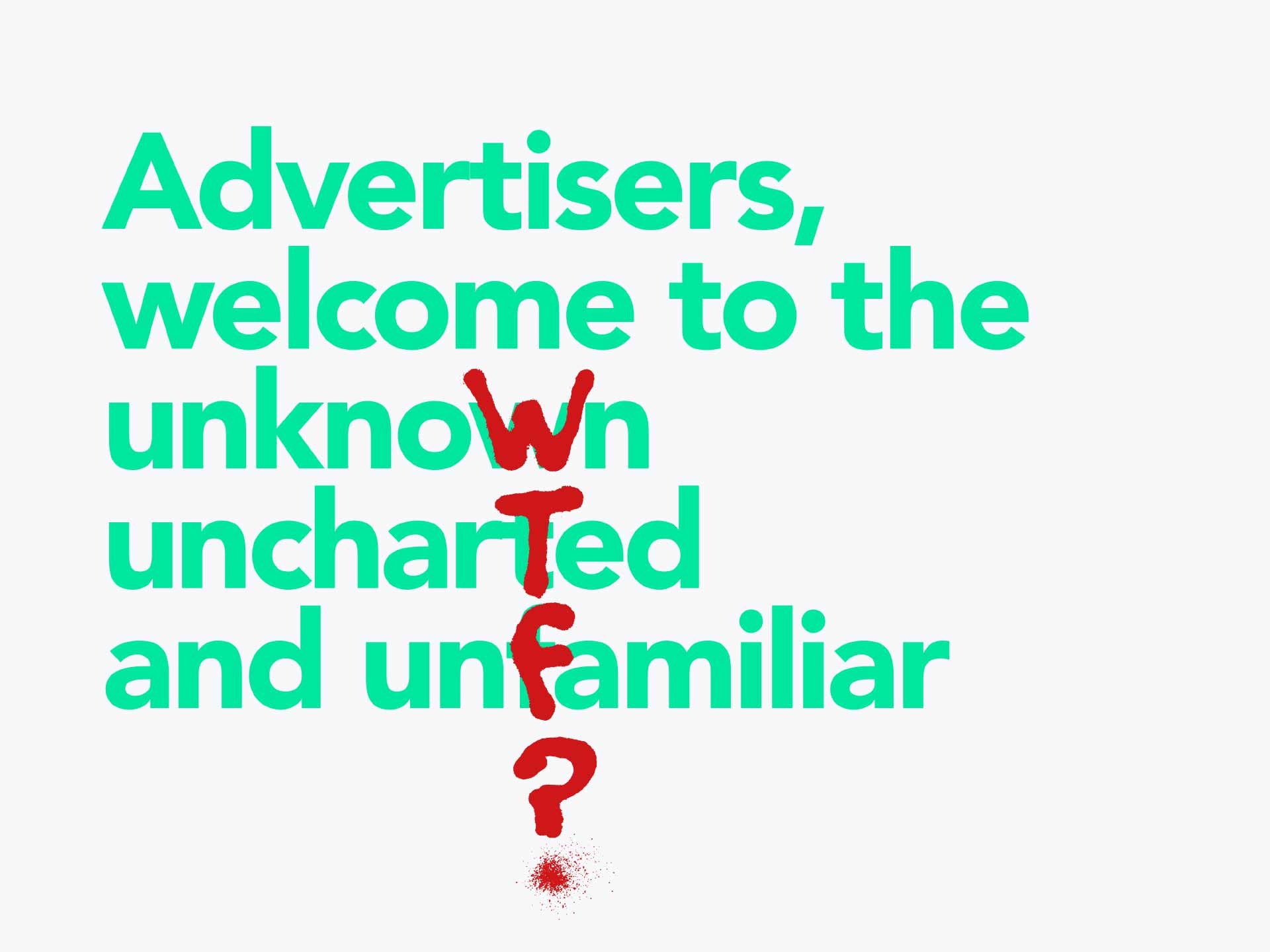Lockdown may be easing, but the landscape has changed. Brands must use customer data to understand their audiences if they want their campaigns to succeed.
After the extraordinary upheaval of the last few months, we can finally start to look forwards. But in a post-lockdown world full of unknowns, what does that mean for advertisers?
To navigate this brave new world, brands will need to be smarter than ever in how they focus their advertising budgets. If you want to avoid wasting ad spend and, even worse, alienating your customers, here’s what you need to do…
What happened to advertising during lockdown?
In the UK, April 2020 saw a record 18.1% decline in retail sales volumes, with 14.3% of stores reporting zero turnover. This dramatic slowdown had a direct impact on advertising budgets, with 89% of large multinationals pausing their ad campaigns.
Adapt to survive became the motto, as many advertisers scrambled to get new, lockdown-appropriate messages out, with mixed results. While some consumers welcomed the softened tone and reassurance, others regarded this show of sensitivity as cynical and, in some cases, off-brand.
The most successful campaigns managed to find a positive tone but still stay true to their brand. Burger King saluted the Couch Potatriot and told viewers about free home delivery. Paddy Power used its ‘Better Odds’ slogan to ask people to stay home and ‘Give our NHS better odds’. IKEA created a delightful advert echoing the ‘Stay Home’ message rendered in the style of their iconic flatpack manual.
Research presented by Conic-Hokuto in May 2020 suggests it’s now time for advertisers to adjust their message again and reassure customers that some form of normality will return. In Italy, 60% of consumers, especially those under 35, said that there is too much advertising mentioning Covid/lockdown.
Advertising has traditionally been about some form of escapism or aspiration. Based on these research findings, customers are asking for that again. It’s a great brief for advertisers to have.
What have we learned from lockdown?
One key takeaway from this extraordinary period is the advantage enjoyed by brands that had already invested in their digital channels, online customer experience, ecommerce sites, and digital marketing campaigns.
With everyone stuck inside, it’s no surprise that people spent a lot more time online. In countries worst hit by the virus, messaging on Facebook, Instagram and Whatsapp increased by 50%. As for online sales revenues, some brands saw an increase of 65% between March and April.
This huge increase in customer activity online also translates to a wealth of additional customer data to work with. This may prove to be the most valuable asset for marketers and advertisers looking to succeed in a post-lockdown world.
There are two important points to consider:
1. Customer behavior has changed, perhaps permanently
The sudden decrease in in-store purchases has led to a boom in online purchases, even from the customers who prefer to buy in physical stores or in person. This change in customer behavior is likely to continue even after the pandemic is over.
2. Promotions must have personal relevance
Return on investment (ROI) in ad spend is still linked with customers’ purchasing power. Those facing a period of uncertainty about their finances and jobs will be less inclined to spend on non-essential goods and services. So maximizing ROI depends on promoting the right products only to customers in a position to buy.
Analyse your customer data (all of it!)
So how do you target the right customer with the right product? That’s the $64 million question, and you probably have the answer already.
From how a customer moves through your website and how they’ve engaged with your social media channels, through to what they’ve previously purchased online and whether they read your newsletters, all the information a brand needs is there.
Bringing this data together and analyzing it gives a rich picture of customer behavior during lockdown and what products they’re looking for right now.
Use audience segmentation to focus your campaigns
Creating audience segments based on preferences, buying habits, interests and more is essential to creating the targeted and personalized campaigns that will be required to profit in a post-lockdown economy.
For example, an online department store could develop a campaign focusing on people who have bought a Sony OLED TV and premium-brand personal headphones, and subsequently searched for Sonos soundbars online without making a purchase yet. The potential for conversion would be quite high.
With increased campaign personalization you won’t be promoting generic or irrelevant products and offers that customers have no interest in. More importantly, it also reduces the advertising budget being spent promoting to customers who aren’t in a position to buy.
Make sure loyal customers stay loyal
But what about those customers who aren’t buying? Staying in touch with all of your existing customers is also important, even if they’re not spending right now.
As the old marketing saying goes, ‘It costs five times more to gain a sale from a new customer than an existing one.’ Brands that can keep all of their customers during tough times will realize the benefits once their spending power returns.
You can create a separate audience segment for these loyal customers and develop campaigns that are focused on brand communications rather than sales.
In spite of the difficult trading conditions, there are customers and potential customers active online right now. Want to capture their attention? This is where the right marketing and audience segmentation tools are vital.
Marketers and advertisers need to focus on individual, customer-centric campaigns. For that, you’ll need access to your brand’s customer data to help you make informed campaign decisions about valuable audiences to target.
A customer data platform like Audiens can aggregate data from all of your brand’s online and offline customer touchpoints into a single customer view, and help you build specific audience lists.
Top tips for post-lockdown campaigns
- Harness your customer data to gain a clear view of who is still in a position to buy from you and what they’re looking for.
- Focus each campaign on a specific audience segment and personalize for individual customers as much as possible.
- Stay in touch with existing customers, even if they’re not buying right now.
- Don’t be afraid to adapt your ad plan according to what the data tells you.
- Keep messaging positive, be inspiring and creative, and stay authentic to your brand.
To discover how you can harness your customer data to re-focus your advertising strategy for a post-lockdown world, get in touch get in touch.


